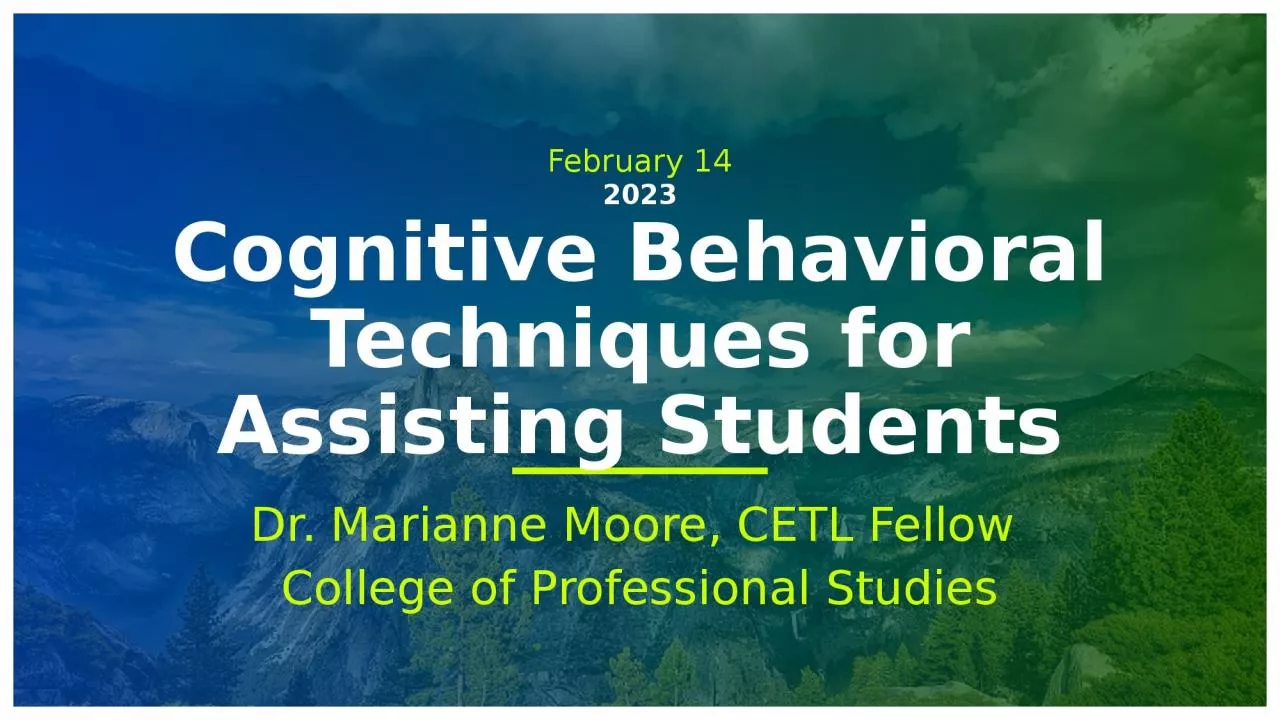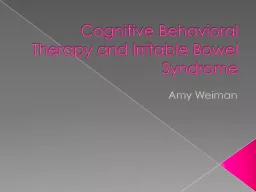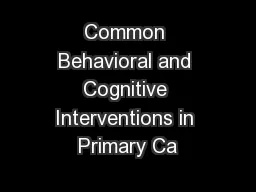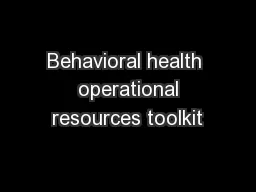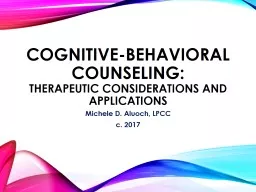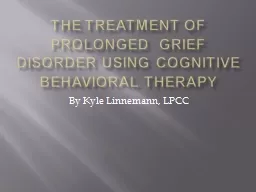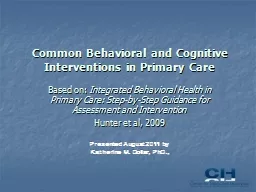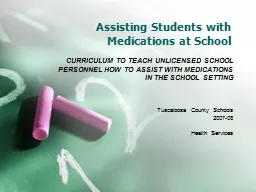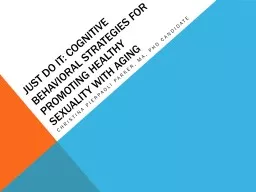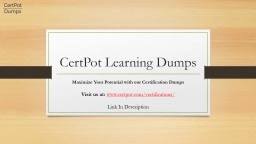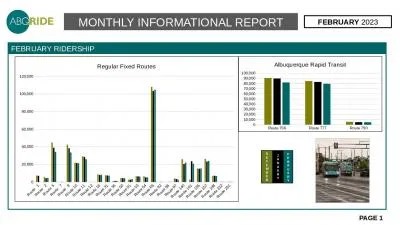PPT-February 14 2023 Cognitive Behavioral Techniques for Assisting Students
Author : emily | Published Date : 2024-02-02
Dr Marianne Moore CETL Fellow College of Professional Studies Introduction Students tell us that they cant manage in school Faculty see more and more students with
Presentation Embed Code
Download Presentation
Download Presentation The PPT/PDF document "February 14 2023 Cognitive Behavioral Te..." is the property of its rightful owner. Permission is granted to download and print the materials on this website for personal, non-commercial use only, and to display it on your personal computer provided you do not modify the materials and that you retain all copyright notices contained in the materials. By downloading content from our website, you accept the terms of this agreement.
February 14 2023 Cognitive Behavioral Techniques for Assisting Students: Transcript
Download Rules Of Document
"February 14 2023 Cognitive Behavioral Techniques for Assisting Students"The content belongs to its owner. You may download and print it for personal use, without modification, and keep all copyright notices. By downloading, you agree to these terms.
Related Documents

